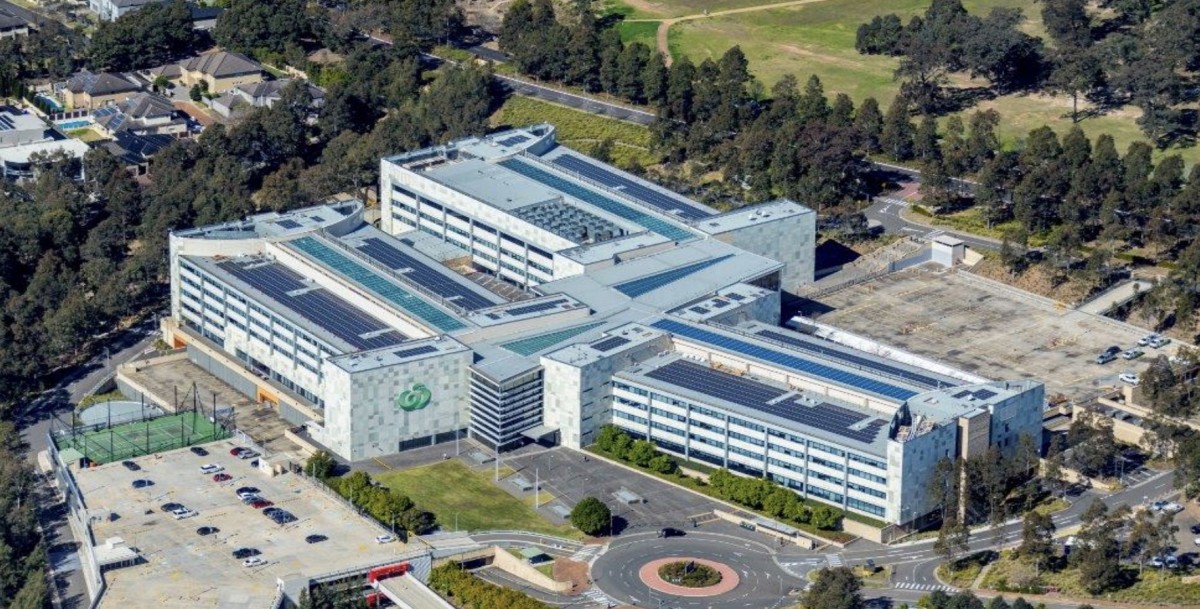See also: A rejuvenated Singapore market, a reset for The Edge Singapore
Strong sponsor support
For 1HFY2026, AA REIT recorded $93.7 million in revenue, up 0.2% y-o-y, and a 1.1% increase in DPU to 4.72 cents. The REIT achieved a 7.7% positive rental reversion and maintained 95.1% occupancy, excluding the impact from transitory movement by tenants, portfolio occupancy rate based on committed leases. Even in the face of inflationary pressures and rising geopolitical headwinds arising from the US tariffs, AA REIT’s sponsor, AIMS Financial Group, has demonstrated confidence in the industrial REIT’s prospects. In July, AIMS Financial Group acquired an additional 7% stake, bringing its total interest to 18.66%.See also: From momentum to transformation: Building a relevant stock market
Continuous portfolio rejuvenation
AA REIT is committed to pursuing organic growth through AEIs or redevelopments on a continuous basis, which are guided by the age of a building, projected revenue profile and potential to create long-term value.In FY2024, AA REIT identified two assets ripe for AEI works: 15 Tai Seng Drive and 7 Clementi Loop, which were completed in 1QFY2026 and 2QFY2026 respectively. At 15 Tai Seng Drive, targeted upgrades attracted a Temasek-linked advanced manufacturing and technology group on a 10-year lease. The refurbished 7 Clementi Loop achieved BCA Green Mark Gold Plus certification and secured a 15-year master lease with a global storage occupier. “Both assets will see significant uplift in building specifications, asset quality and value and are expected to deliver NPI yields above 7%,” notes Ng. “Our portfolio strength is underpinned by both portfolio and financial performance. Rejuvenating older properties into modern logistics and industrial assets strengthens long-term income stability and raises asset and earnings quality through securing high-calibre tenants.” AA REIT has identified future organic growth pathways across its portfolio, with approximately 600,000 sq ft in Singapore and 1.5 million sq ft in Australia of development potential. These provide a future pipeline of enhancement and redevelopment projects to capture rising demand for modern industrial space.








.jpg)

